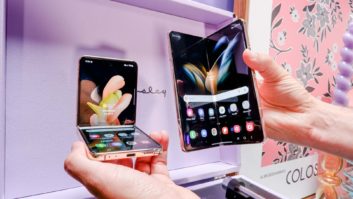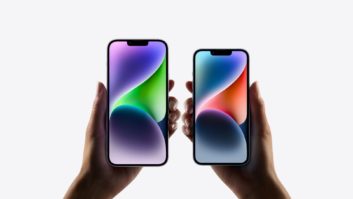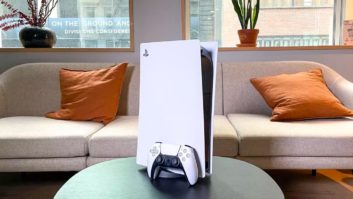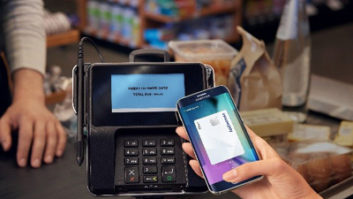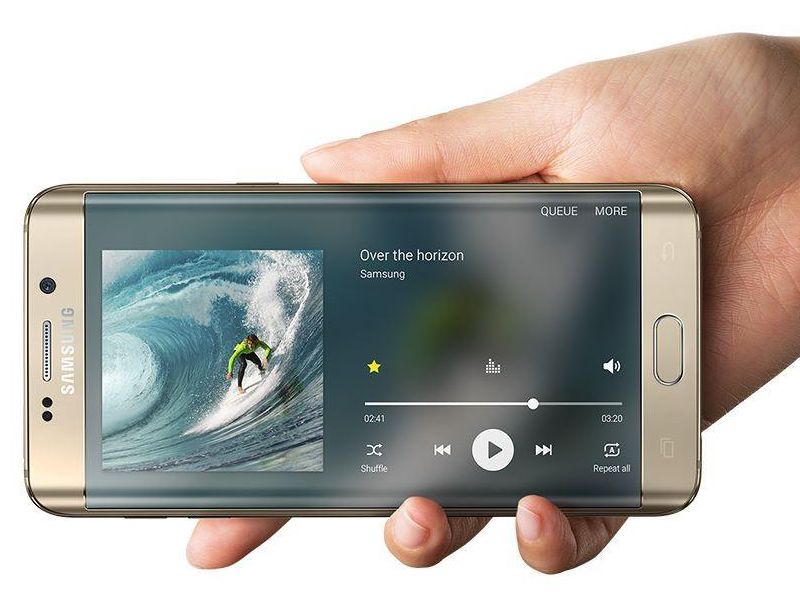
North American consumers bought 10 percent more smartphones in the second quarter than they did in the year-ago quarter, and they’re increasingly buying more expensive models, market research company Gfk found.
North American purchases rose 10 percent to 44.4 million in the quarter, and retail-level dollar volume shot up 19 percent to $18.2 billion, based on unsubsidized retail pricing, Nuremburg, Germany-based GfK said.
For the full year, GfK forecasts 10 percent unit growth to 194.5 million with an unsubsidized dollar value of $83.5 billion, up 16 percent.
North American growth came even though the market “is nearing saturation point,” the company said.
As it nears saturation, the North American market is also polarizing, with sales of high-end ($500-plus) and low-end models (up to $250) growing at the expense of midrange models priced from $250 to $500. Despite the bifurcation, growth at the high end delivered total smartphone dollar growth of 19 percent to outstrip 10 percent unit growth in the quarter.
High-end smartphones captured 43 percent of smartphone unit share in the quarter, up from the year-ago 38 percent. North America and China were the only regions to post an increase in high-end smartphone unit share on a year-over-year basis, GfK said.
Global sales: On a global basis, the unit share of smartphones with large screens of 5 inches and larger rose to 48 percent in the second quarter, up from 5 percent in the first quarter Q2 2015, up 5 percentage points from the first quarter and up 17 percent from the year-ago quarter.
China had the highest regional share of smartphones with large screens at 63 percent.
Global smartphone sales rose 5 percent in the quarter to 302.1 million, and dollar volume rose 7 percent to $92.4 billion. GfK forecasts 2015 growth of 6 percent to 1.3 billion units with dollar volume growing 5 percent to $400.4 billion
“The underlying trend of consumers optimizing their digital consumption by screen size, within affordability constraints, continues in all regions,” said Kevin Walsh, director of trends and forecasting.
“This trend can be seen from TVs down to smartphones. In smartphones, it manifests in trends like price-point polarization in the U.S., the rapid screen-size increases in emerging markets, and phablet market development.” These trends will to continue through the end of the year, Walsh said.
GfK uses point-of-sale (POS) tracking in more than 90 markets to track consumers’ smartphone purchases, though in the U.S., it uses proprietary market modeling and consumer research rather than POS data.






